- Joined
- 19 July 2016
- Messages
- 4,279
- Reaction score
- 3,464
I do wonder if there are AI ?presences? here sometimes, spooky. Perhaps Muddy and Scummy can investigate
Thanks @TomS ! Beat me to it. During my time as a military aviator, I executed the Boldface four times; two fires, one engine gearbox chip detector (loss of the engine), and one loss of cabin pressurization (could throw in a departure from controlled flight, but that was the pilot's Boldface). It's important because it goes to the fight or flight psychology. When you thoroughly ingrain a specific response to a specific emergency, then reinforce it through practice of said emergency, weekly recitation of the response, when it occurs for real the lifesaving response is preloaded.Boldface refers to emergency procedures that are written in bold in emergency checklists and which flight crew are expected to have memorized and be able to perform without looking at the checklist. Weekly knowledge means it's quizzed regularly, so it should be absolutely engrained in the crew.
It pushes out our strike capabilities,” said 1st Lt. Rebecca Moore, a B-52 electronic warfare officer (EWO). “And the efficiency minimizes how much aerial refueling you have to do.”
In a massive aircraft like the B-52, aerial refueling from an older aircraft like the KC-135 Stratotanker can be tough to hold in place and stay steady—“fatigue-inducing,” B-52 pilot Capt. Michael Brady said. A different Air Force modernization effort, the KC-46 Pegasus, will also make a difference for B-52 crews.
“The bumpiness of the KC-135 versus the KC-46 is… my day is made, when the aerial refueling is with the 46,” said Moore, who sits in the back on the same floor as the pilots but facing backward, adding that her experience as an EWO can differ from the feelings in the cockpit.
Brady described the KC-135 as the bomber’s “best pal,” but also said the KC-46 “is forgiving, not to inspire complacency, but it’s definitely a confidence booster. It’s an incredibly capable plane.”
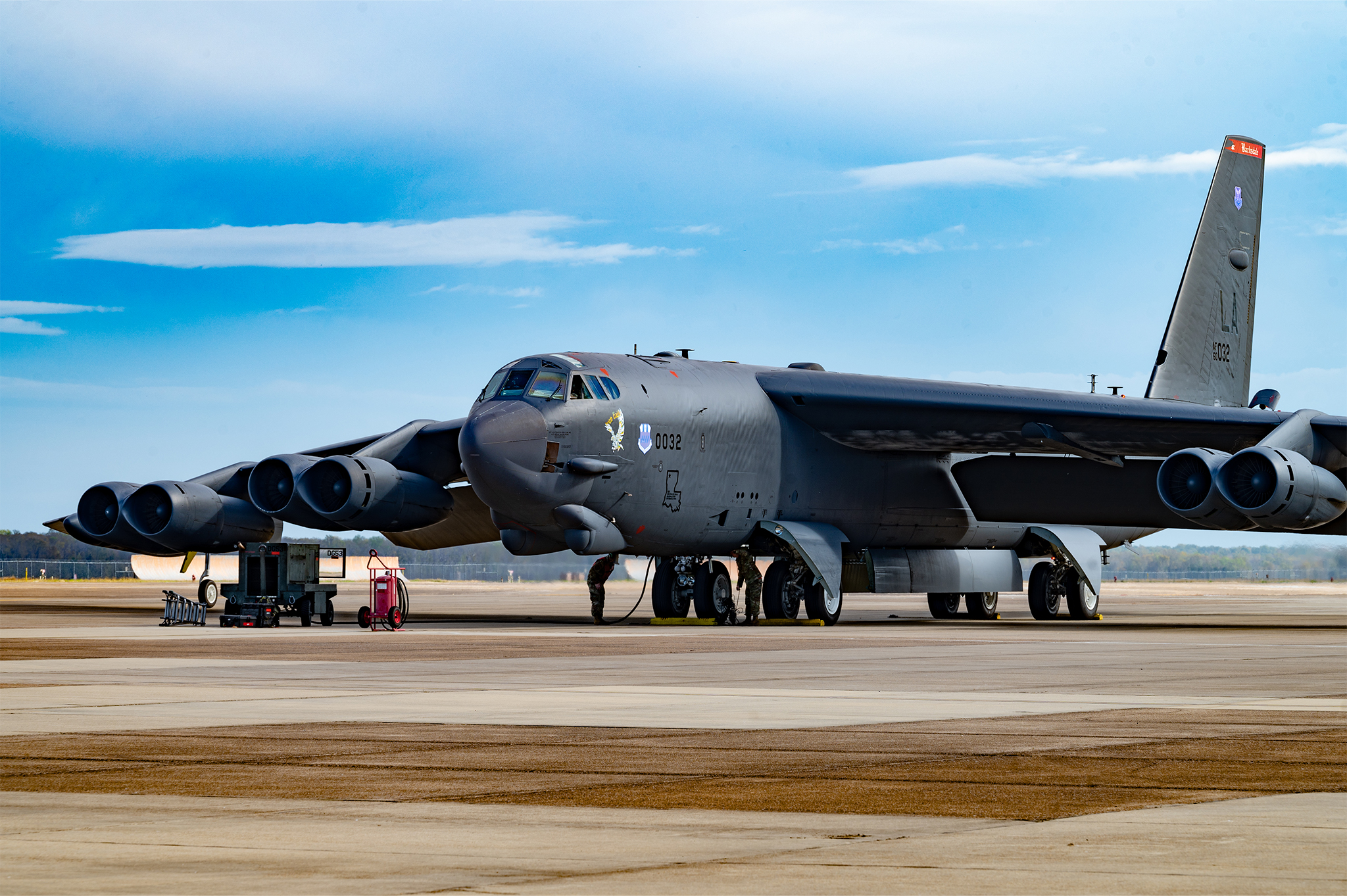
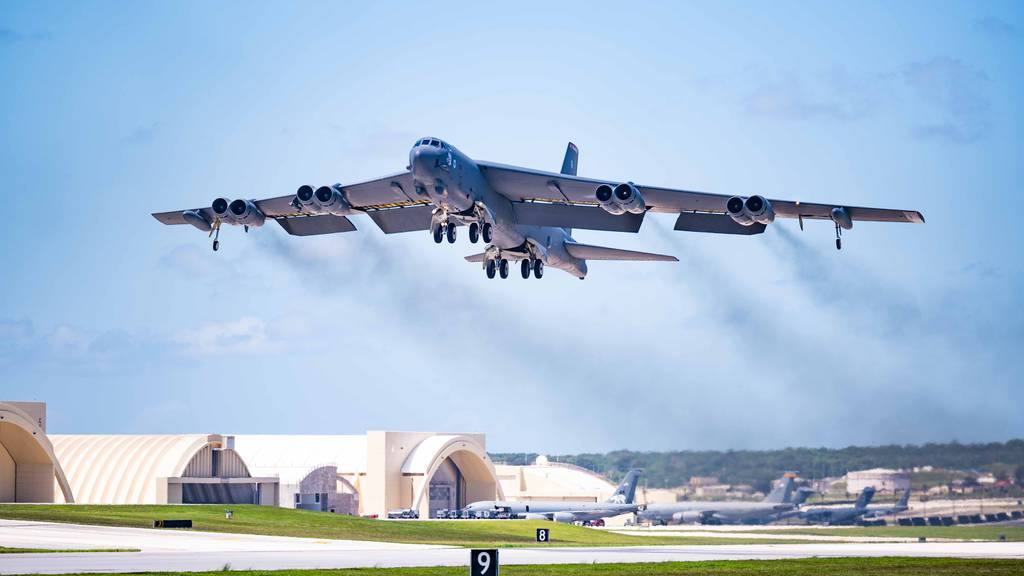
True but it's main job is to launch long-range cruise missiles from thousands of km away, so it's age, appearance and RCS is moot.2060? I had thought that it was 2052 for the B-52. That would make it THE worlds oldest bomber by far, even older than the Tu-95 which is going to go to the 2040s by comparison.
2060? I had thought that it was 2052 for the B-52. That would make it THE worlds oldest bomber by far, even older than the Tu-95 which is going to go to the 2040s by comparison.
As did I.The youngest B-52H was built/ entered service in 1962.
The last B-52 was delivered to the USAF on 26 October 1962.
I was delivered to my family on 10 July 1962.
The Sunset test was on the day of my birth!
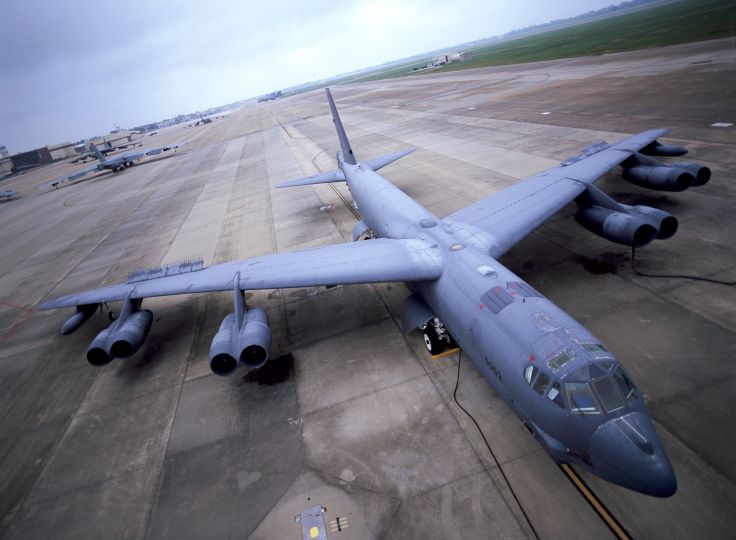
 www.airpowerstrategy.com
www.airpowerstrategy.com
I wonder if one or two of the B-52Hs will be put aside for preservation in a museum?
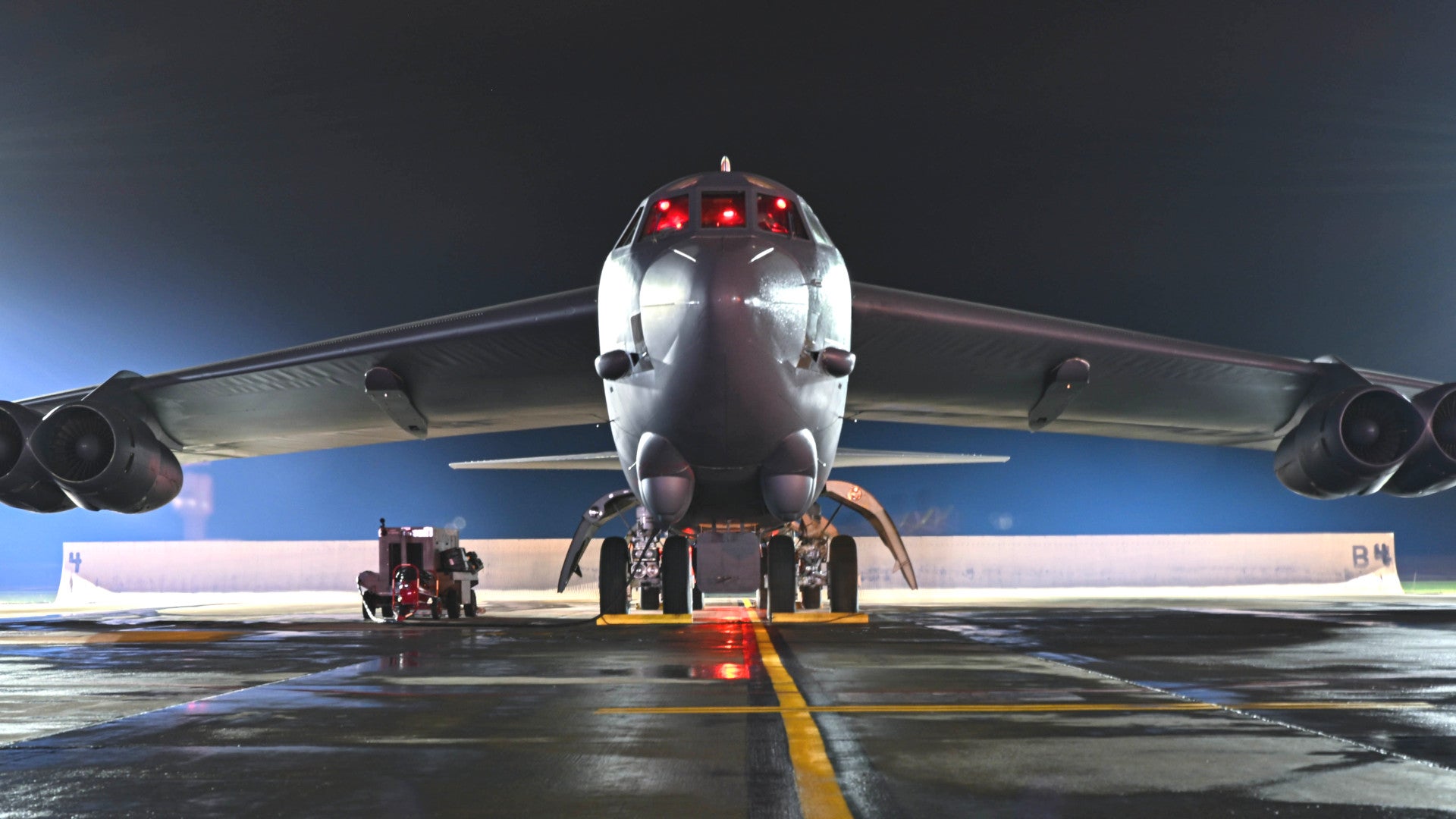
Depending on how serious the fire damage is
All B-52G that are not in museums should have been chopped or scrapped due to Arms Limitations treaties? So, there are no -G airframes left for possible conversion to -J?
That's the logical long term end-results of a full digitalization effort such as is running now.
All B-52G that are not in museums should have been chopped or scrapped due to Arms Limitations treaties? So, there are no -G airframes left for possible conversion to -J?
They were cut up into large chunks using linear shaped-charges but I don't know if those chunks have been recycled. Assuming they haven't you'd have to send them back to Boeing to be completely dismantled, inspected and damaged parts thrown away before reassembly which of course would involve building new jigs and tooling.
No. They haven't. Otherwise there would be no need to unbolt and scan each partsI assume that by now Boeing will have digitised all of the B-52H's engineering drawings so that they're now also existing as CATIA CAD files?
No. They haven't.
Why haven't they? They've had literally decades to digitise the drawings.
I have often wondered just what is left on the present airframes that was installed when they were originally built. Having seen the PDM line at Tinker for KC-135s and nearby was the B-52 line (which were unable to visit), they still have something of their original structure.Wait a bit further. We will see rebuilt fuselage sections. Even upgraded.
That's the logical long term end-results of a full digitalization effort such as is running now.
Linear shaped-charge? Never heard that before.They were cut up into large chunks using linear shaped-charges but I don't know if those chunks have been recycled. Assuming they haven't you'd have to send them back to Boeing to be completely dismantled, inspected and damaged parts thrown away before reassembly which of course would involve building new jigs and tooling.
Linear shaped-charge? Never heard that before.
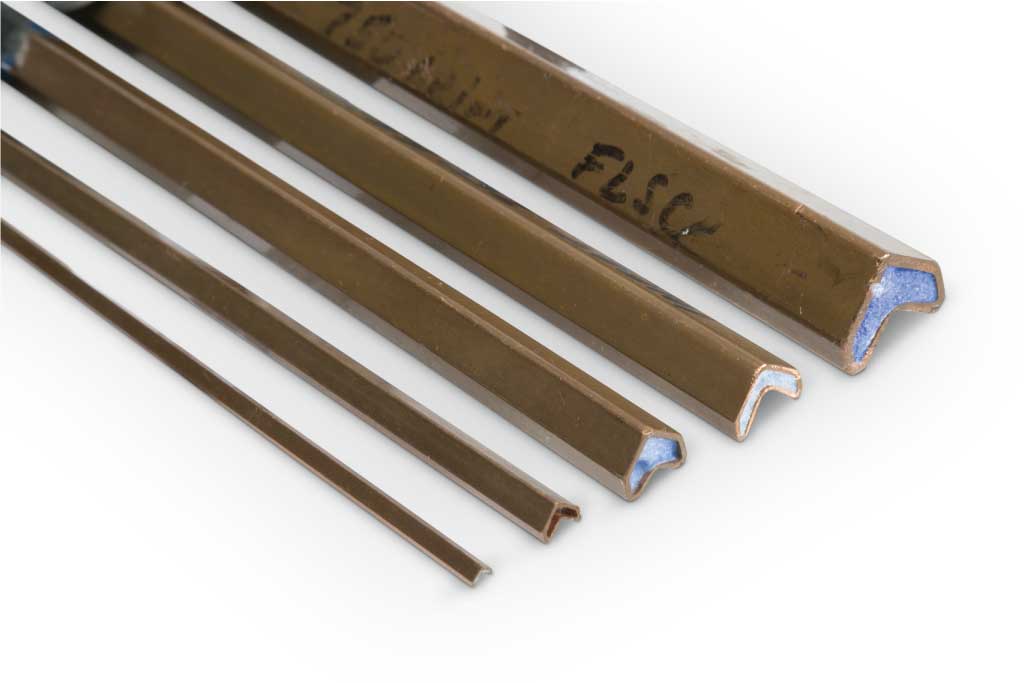
Product Description
Linear Shaped Charge (LSC) is used to cut various types of metal in separation systems, from launch vehicles to missiles, in space, military and underwater applications. Linear Shaped Charge is a continuous explosive core enclosed in a seamless metal sheath, formed into an appropriate shape to sever the target.
Normally the shapes are either a chevron or inverted “V” shape or similar to the profile of a ‘house’. The type of metal determines the flexibility of the charge. Chevrons for Flexible Linear Shaped Charge (FLSC) are easier to form intricate patterns for a Canopy Fracturing System (CFS). The house shape is for more ridged designs especially for Flight Termination or Separation Systems by LSC assemblies. These shapes provide what is known as the “Munroe” effect when the linear shaped charge is detonated. The Munroe Effect is the reinforcement of shock waves in a hollow charge, concentrating the effect of the explosion along the axis of the charge. In this case, the Munroe Effect is enhanced by carefully controlling the charge dimensions and configuration for each application.
The metal sheath liner is most commonly formed using copper, aluminum, lead or silver. Generally, most large core loads utilize copper however for structural integrity Aluminum is recommended. When it comes to flexibility and with small core loads a lead liner is recommended. Silver is primarily used with thermally resistant explosive core loads. As for the powders most commonly used, there is RDX, HMX, PETN and HNS.
Upon detonation, the continuous metal sheath liner and explosive produce a uniform linear cutting action. PacSci EMC will determine the best combination of explosive core and metal sheath to sever the target specified. Factors such as the type of target material, its thickness, operational temperature exposure, standoff distance, vibration, shock, etc. assist in determining the proper LSC / FLSC.
guillitine = guillotineOriginally AMARC used a 13,500lb guillitine blade to slice through each B-52. The blade was hoisted to a height of 80 feet using a crane and then unceremoniously dropped on each predefined cut point. This approach was very effective in slicing through the airframe. The resulting sections of the aircraft were arranged for easy identification to satellite (the main verification method used by the Russian and Ukranian observers) and after 90 days the wreckage was sold to local scrap metal companies for disposal. Some 150,000 pounds of aluminium and other metals were available for recycling from each aircraft.
AMARC have progressed from this 'brute force' elimination method to a more 'surgical' method using power saws. The reason for this is that the B-52G's have many components that can be used to support the operational B-52H's, the guillitine method made it very difficult to preserve the interior of the aircraft after the operation. By using power saws, precision cuts are made and afterwards spraylat (the same material used to preserve the other aircraft stored at AMARC) is used to seal any holes exposing interior areas of the aircraft. Spare parts can then be retrieved at a later stage without fear of degradation due to exposure to sun, rain and dirt.

B-52 makes a interesting case study for "Ship of Theseus" .....

Ship of Theseus - Wikipedia
en.wikipedia.org
The Ship of Theseus is a thought experiment about whether an object is the same object after having had all of its original components replaced.
In Greek mythology, Theseus, mythical king and founder of the city Athens, rescued the children of Athens from King Minos after slaying the minotaur and then escaped onto a ship going to Delos. Each year, the Athenians would commemorate this by taking the ship on a pilgrimage to Delos to honour Apollo. A question was raised by ancient philosophers: After several hundreds of years of maintenance, if each individual piece of the Ship of Theseus was replaced, one after the other, was it still the same ship?
In contemporary philosophy, this thought experiment has applications to the philosophical study of identity over time, and has inspired a variety of proposed solutions and concepts in contemporary philosophy of mind concerned with the persistence of personal identity.
Yes since the B-52's have had an airframe reconditioning, two replacement sets of avionics, a skin replacement and numerous engines early on combined with the recent engine replacement on it really is a case of Triggers Broom.
I thought the convoluted process for finally gettng a new engine was more funding/resolve driven than anything else. Yes, some of the earlier proposals were dropped as the engine out situation could not be met with replacing 8 with 4 and ground clearance considerations as well. I probably missed something over the years....It is a fair question, but from an aviation point of view it avoids a key concern: how much does it cost to design a new ship, at any point in the timeline? Given that B-52s still use the exact same engine models, I would argue that is a bigger consideration than counting the original rivets in the airframe. That consideration is why it took so long to actually re-engine them, especially considering the number of available engines.
It is, if a broom had to move at 500 mph at 30,000 feet. I get what you are saying, but what I'm saying is I think more of a 60's hot rod car with a non matching engine number and replacement parts. Sure, it is not the same car or the most efficient thing to drive, and anything modern could do circles around it. But if you drop another Chevy 350 into it, it should operate about the same. But if you want to change center of gravity and engine output, well then perhaps you should get a new car rather redesign it. And there's a price tag associated with that.
Perhaps, but in this case it is less about trading value or bragging rights and more about keeping the existing aircraft inside its specs, when making major alterations would be far more expensive and dangerous than the classic car analogy.What I am saying is they are probably only 15/20% original material left. Its like rebuilding a classic car from just a chassis so it keeps the original license plate.
Not really. No B52s were converted from one suffix letter to another, all were built as B-52A-G (J57s) or B52H (TF33s).Yes since the B-52's have had a wing strut replacement due to early fatigue, an airframe reconditioning which replaced a lot of the metal, two replacement sets of cockpit avionics, a skin replacement and numerous engines early on combined with the recent engine replacement, it really is a case of Triggers Broom.
B52Ds were the last of the "big tail" versions, succeeding aircraft got a smaller vertical tail to more happily fly at low altitudes,
and the -Ds were retired after Vietnam.
1 B-52A was converted to a NB-52A with an additional pylon and wing flap cutout section
